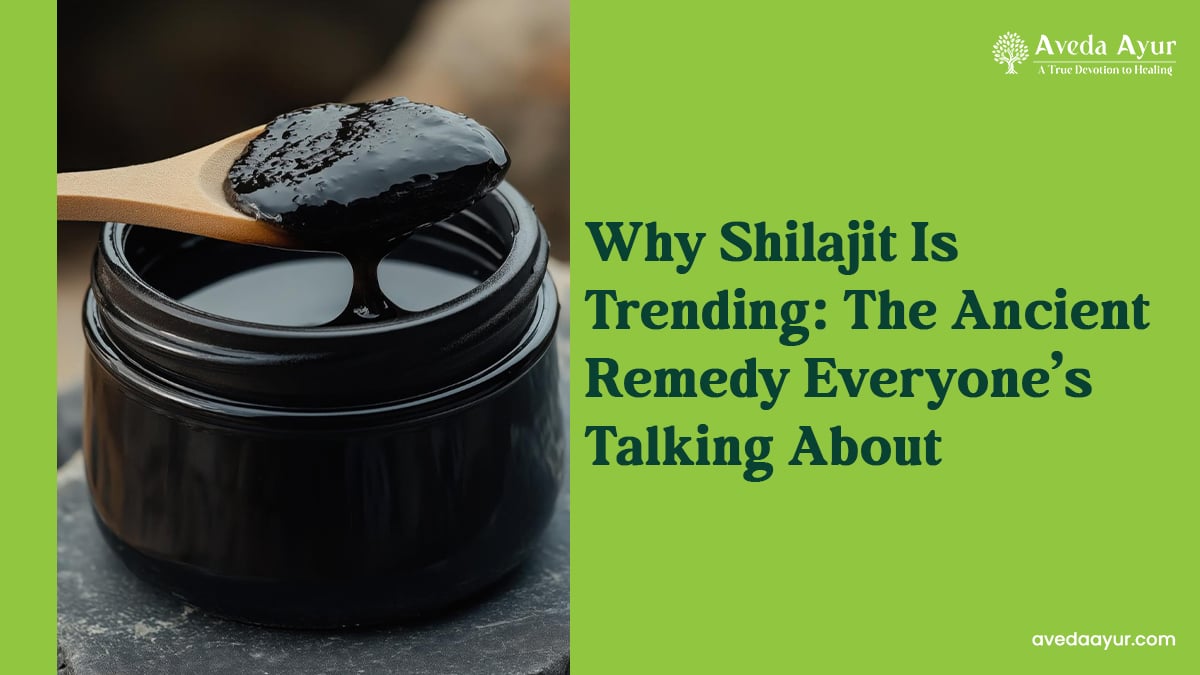Ayurvedic Treatment for Piles
Piles which are also known as the hemorrhoid is the term used for swelling of veins around the rectum or in the lower part of the rectum. The size of piles varies from person to person and they can occur both internally and externally. The internal piles are usually found between 2 and 4 centimeters above the opening of the anus while the external piles can occur outside the edge of the anus.
Ayurvedic Prespective
In Ayurvedic texts, Piles or hemorrhoids are known as Aarsha. The improper diet and unhealthy lifestyle cause imbalance in tri dosha i.e. Vata, Pitta, and Kapha. The imbalanced Pitta dosha results in the accumulation of Ama in the digestive tract while the imbalance in Vata leads to obstruction of channels due to which a mass hangs down from the anus.
What are the types of hemorrhoids?
- External
The swelling in veins underneath the skin around your anus form external piles. They can be very painful, itchy, may bleed occasionally, and are not dangerous.
- Internal
The swelling in veins inside your rectum can be called internal piles. The rectum, which is the part of the digestive system, connects your colon to the anus. The internal piles may cause bleeding but generally, they do not cause any pain.
- Prolapsed
The internal and external piles can extend and swell outside of the anus. The broadening and swelling of the plies denoted the prolapsed piles and which may cause pain and bleeding.
Classification of Piles
- Grade I: In this grade, there is swelling inside the lining of the anus and the piles are not visible.
- Grade II: These also remain inside the anus and are larger than the Grade-1 piles.However, they push out while passing the stool and return on their own.
- Grade III:These piles tend to appear outside of your anus and are known as prolapsed piles. You may feel them hanging from your rectum and you can re-insert them easily.
- Grade IV: These piles are quite large and need treatment. However, they usually remain outside of the anus and cannot be pushed back.
Symptoms of Piles
1. External hemorrhoids
Piles that are underneath the skin around your anus are known as external piles and the symptoms may include:
- Itching or irritation in your anal region
- Pain or discomfort
- Swelling around your anus
- Bleeding
2. Internal hemorrhoids
These are the piles that you can`t see or feel as they are inside the rectum and don`t cause any discomfort. However, while passing the stool, the strain or irritation can result in:
- Painless bleeding during bowel movements
- Small amounts of bright red blood on your toilet tissue or in the toilet.
- Prolapsed pile that may cause pain and irritation.
Thrombosed hemorrhoids
When blood puddles into an external pile it forms a clot known as a thrombus, it can cause:
- Severe pain
- Swelling
- Inflammation
- A hard lump near your anus
Causes of Piles
When there is pressure on the veins around your anus, they tend to enlarge and may swell. However, the increased pressure can develop piles in the lower rectum due to:
- Straining during bowel movements
- Sitting on a toilet seat for long periods
- Constant diarrhea or constipation
- Being obese
- Being pregnant
- Anal intercourse
- Eating a low-fiber diet
- Regular heavy lifting
- Spicy foods
- Sedentary lifestyle
- Alcohol
Diagnosis
To diagnose the piles or hemorrhoids, your healthcare provider will perform a physical exam and examine the symptoms. The healthcare provider may perform the following
- Digital rectal exam: Your healthcare provider will insert a gloved lubricated finger into your rectum to check the swollen veins.
- Anoscopy: Your healthcare provider will see the lining of your anus and rectum with the help of an anoscope (lighted tube).
- Sigmoidoscopy: Your healthcare will examine the lower part of your colon and rectum (sigmoid) with the help of a camera-fitted lighted tube known as a sigmoidoscope. Sigmoidoscopy is of two types viz flexible sigmoidoscopy and rigid sigmoidoscopy.
Prevention
- Eat foods that are rich in fiber. .
- Drink plenty of fluids.
- Consider fiber supplements.
- Don’t push hard when you are sitting on the toilet
- Go as soon as you feel the urge..
- Be physically active and perform regular exercises. .
- Avoid sitting on toilet seat for longer periods.
Ayurvedic Treatment for Piles
To manage Piles or hemorrhoids naturally, Ayurvedic medicines or remedies are worth considering. Ayurvedic treatment for piles mainly focuses on balancing the doshas in the body. The balance in Pitta dosha helps to have regular bowel movements and proper digestion. In Ayurveda, there are several natural herbs like Triphala, Harad, Saunf, Amla, etc are helpful to deal with piles and reduce its symptoms. Moreover, a well-balanced diet plan and lifestyle changes also help to cure piles naturally.
Below are some of Life Aveda`s premium products duly extracted from natural herbs that are quite helpful to deal with Piles disorder and its symptoms:
- Pitta Shamak Capsules

Pitta Shamak capsules work wonderfully in balancing Pitta dosha. It contains a combination of cooling compounds that pacify Pitta at a rapid pace. Pitta Shamak capsules are rich in natural calcium which helps in strengthening bone marrow density, promotes well-being in women during menopause.

Triphala magic is a blend of three wonder herbs – that support healthy intestines and help to regulate metabolism. It has mild laxative properties that promote healthy bowel movements to keep the colon and gut, healthy. Therefore, it is a natural cleanser for the whole body.
- Premium Piles Op Capsules

Premium Piles Op is a perfect blend of herbs for promoting healthy bowel movements. It helps in curing the bleeding, inflammation of the digestive tract. The natural herbs in Piles Op like Amalaki, Baheda, Haridra, Nagkesar are very effective that preventing and curing bleeding and inflammation of the intestines and colon.
Conclusion:
Piles are very common and cause pain, discomfort, and irritation. However, most of the piles go away on their own while others can be easily treated and prevented. To get more insights about piles, their different types, home remedies, and diet plan for piles, reach out to our Ayurvedic expert on Whatsapp at +91 7743002591 for free.











